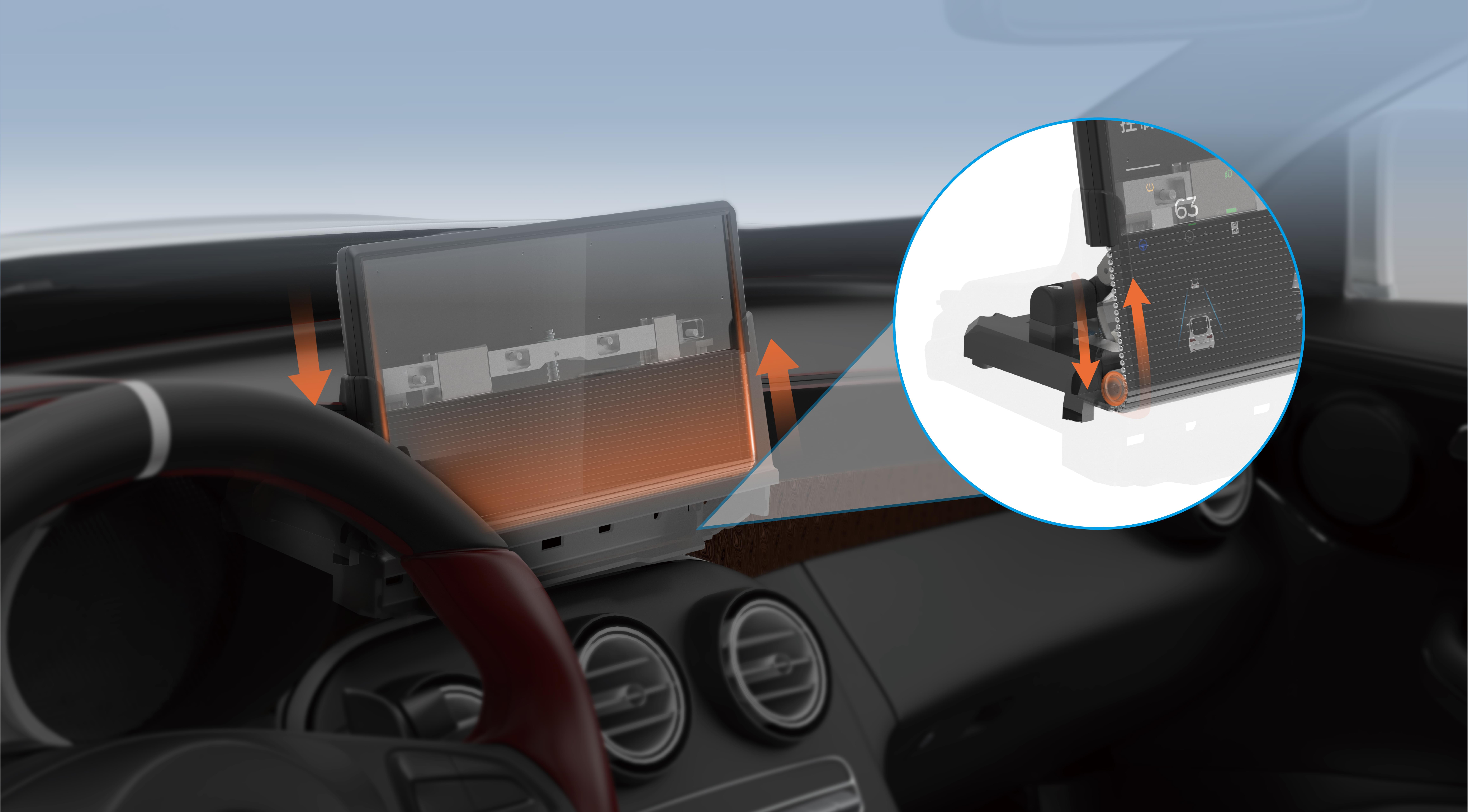Unlocking the Power of Servo Motors: A Deep Dive Into Datasheets (Part 1 of 2)
In the world of automation, robotics, and precise control systems, servo motors stand out as the backbone of motion. Whether it’s a robotic arm in a manufacturing plant, a camera gimbal stabilizer, or a 3D printer, the versatility and precision of servo motors are unparalleled. But understanding these tiny, yet powerful components requires more than just a passing glance—it demands a thorough exploration of the datasheet, often available in PDF format.

What Is a Servo Motor?
At its core, a servo motor is a rotary actuator designed for high precision. Unlike standard motors, it’s integrated with control circuitry—often a built-in encoder and feedback mechanism—that enables it to reach and hold a target position with remarkable accuracy. This feedback loop distinguishes servo motors from other motor types, offering a level of control suited for complex tasks where precision is paramount.
Demystifying the Servo Motor Datasheet PDF
A datasheet is more than just a collection of specifications. It’s a roadmap that provides all the essential details needed to select, integrate, and troubleshoot a servo motor effectively. These datasheets are typically published by manufacturers and are freely available online in PDF format, granting engineers and hobbyists direct insight into the product’s capabilities.
When you open a servo motor datasheet PDF, you’ll encounter sections such as:
Decoding the Electrical Specifications
Electrical parameters are fundamental in ensuring that your servo motor can operate reliably within your system. For instance, the rated voltage determines the power supply compatibility, while the stall torque indicates the maximum torque the motor can deliver when prevented from rotating.
In many datasheets, you'll see voltage ratings such as "4.8V to 6V" or "12V to 24V". These ranges suggest the optimal voltage window; supplying too much voltage can damage the servo, whereas too little may result in insufficient torque or sluggish response.
Current ratings, like "stall current" and "running current," reveal how much current the motor draws under specific conditions. Stall current, for instance, is the peak current needed when the rotor is immobilized at a specific position—important for selecting power supplies and drivers that can handle these peaks.
Mechanical Considerations for Integration
Beyond electrical specs, understanding the mechanical dimensions is crucial. The mounting holes, shaft length, and diameter impact how easily the servo can be integrated into your design. For instance, a servo with a 20mm x 20mm footprint necessitates precise placement to avoid issues during assembly.
Furthermore, the weight of the servo influences the overall balance—vital in applications like drones or robotic arms. If the datasheet indicates a weight of 50g, you can compare it with your system’s payload capacity or structural constraints.
Performance Metrics: Knowing What Matters
Beyond raw numbers, performance data provide insights into how well the servo will perform in real-world conditions. Key parameters to consider include:
No-load speed: How fast the servo spins when no load is applied. Typical values range from 0.1 seconds per 60° to 0.2 seconds per 60° of rotation. Torque: The rotational force the servo can exert. Important for determining if it can handle the load in your application. For example, a servo rated at 10kg·cm torque may suffice for small robotics but be inadequate for heavier tasks. Accuracy and Resolution: How precisely the servo can reach and maintain a position. Feedback from encoders usually enables positioning within a fraction of a degree.
Control Interface and Compatibility
Servo motors often communicate via PWM signals, serial protocols, or specialized communication buses like CAN or EtherCAT. The datasheet details the supported control modes, signal voltage levels, and pulse width ranges.
For hobbyists and DIY projects, PWM control—using a standard 1-2ms pulse width signal—often suffices. However, industrial applications may require more advanced interfaces, which are well-documented in the datasheet, including pinout diagrams and communication protocols.
Environmental and Durability Aspects
In challenging operating conditions, specs such as operating temperature range (e.g., -20°C to +50°C), humidity, and ingress protection help you assess whether a servo can withstand environmental stressors.
For outdoor or industrial deployments, IP ratings matter—say, IP67 indicating dust tightness and waterproof capabilities. The datasheet will specify these ratings, allowing you to match the servo’s durability to your application needs.
Stay tuned for Part 2, where we’ll explore how to interpret datasheets in the context of selecting the right servo motor, troubleshooting common issues, and optimizing your system for peak performance.
Kpower has delivered professional drive system solutions to over 500 enterprise clients globally with products covering various fields such as Smart Home Systems, Automatic Electronics, Robotics, Precision Agriculture, Drones, and Industrial Automation.




































